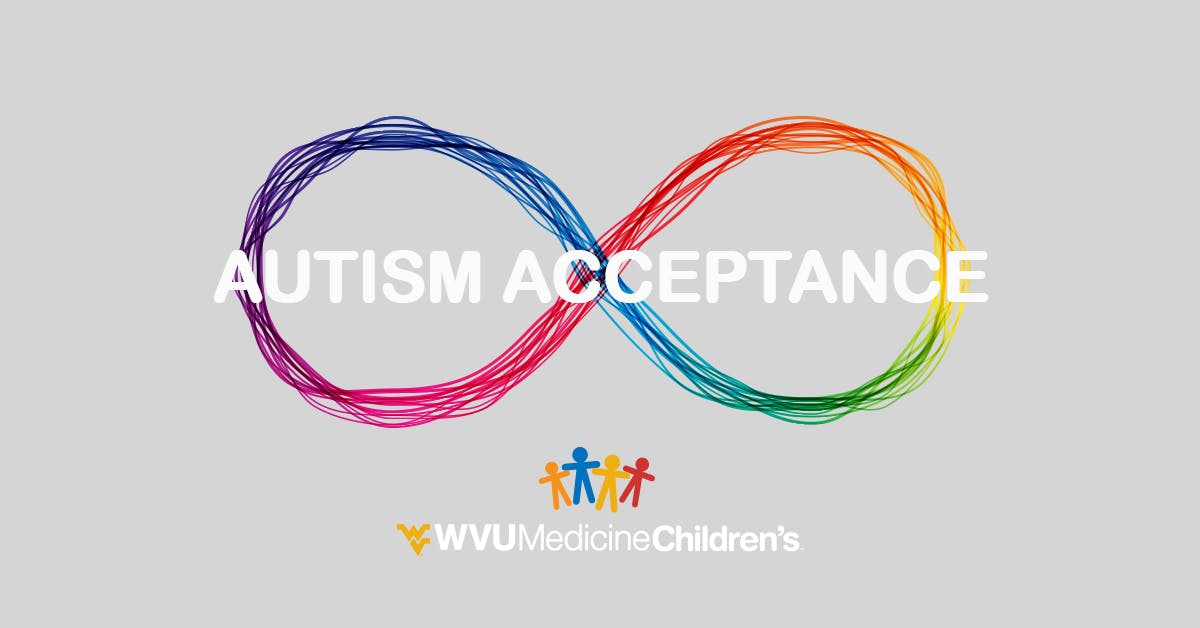Resolving Usual Misconceptions: What You Need To Find Out About Autism Today
Resolving Usual Misconceptions: What You Need To Find Out About Autism Today
Blog Article
Discovering Autism: Techniques for Efficient Interaction and Communication
Efficient interaction and communication with individuals on the autism range require a thorough understanding of their unique needs and preferences. Approaches such as using clear language, utilizing visual supports, and promoting regular routines can significantly boost interaction and lower anxiety. Recognizing the value of non-verbal cues and shared interests paves the means for significant connections. Nonetheless, the ins and outs of these strategies disclose more considerations that warrant exploration, particularly in how they can be adjusted to private experiences and varied contexts. What might these adjustments look like in practice?
Comprehending Autism Range Disorder
Autism Range Disorder (ASD) incorporates a series of neurodevelopmental problems characterized by challenges in social interaction, interaction, and repeated actions. The term "spectrum" shows the diverse manifestations and varying degrees of intensity experienced by individuals with ASD. While some might display significant disabilities, others might show high-functioning attributes, permitting higher independence in day-to-day live.
The start of ASD commonly happens in very early youth, with indicators commonly well-known by age 2. Early indications may consist of delayed speech advancement, restricted eye call, and difficulties in understanding social cues. Although the precise etiology of ASD continues to be uncertain, research study recommends a combination of hereditary and environmental elements plays a critical function in its advancement.
Individuals with ASD usually have one-of-a-kind staminas, such as heightened attention to detail and outstanding memory abilities. Nonetheless, they might battle with understanding abstract concepts and handling changes to routine. As a result, interventions and support tailored to private demands are important for fostering interaction and social abilities. Identifying the complexity of ASD is crucial for advertising recognition, acceptance, and efficient methods that promote significant interactions with people on the range.

Importance of Clear Interaction
Effective interaction is vital for promoting understanding and connection, particularly for people with Autism Spectrum Condition (ASD) Clear communication not only helps with social interactions however likewise improves the individual's capability to reveal their emotions, thoughts, and demands. For individuals with ASD, the subtleties of language can usually be testing; consequently, making use of distinct and simple language is essential.
Furthermore, clear communication assists lower stress and stress and anxiety that may occur from misconceptions. When messages are shared in a straight and regular way, people with ASD are much better geared up to translate info properly, which can significantly boost their social involvement and involvement in different setups.
Establishing routines and utilizing visual assistances can even more bolster clear communication. These techniques provide people with foreseeable structures that help comprehension and retention of details. Furthermore, actively being and listening individual throughout interactions promotes a supportive setting where individuals with ASD feel valued and recognized.
Eventually, focusing on clear interaction not only equips individuals with ASD yet likewise promotes even more significant links with their peers, caretakers, and the larger community, paving the means for inclusive communications and collective connections. - autism
Non-Verbal Communication Techniques
Interaction extends past words, and for individuals with Autism Range Disorder (ASD), non-verbal cues play a substantial duty in communications. Non-verbal communication strategies can include faces, gestures, body language, and eye call, all of which function as vital parts for communicating intentions and feelings.
Understanding and interpreting these non-verbal signals can improve communications with people with ASD. For example, a cozy smile or open pose can produce a welcoming ambience, urging involvement. Using visual help-- such as photo cards or symbols-- can bridge interaction voids and help communicate messages much more effectively.
It is additionally important to be mindful of individual area, as individuals with ASD might have various comfort levels relating to closeness. Observing their responses to physical nearness can notify ideal modifications.

Creating Encouraging Environments
Producing a helpful atmosphere is critical for fostering favorable interactions and boosting the health of people with Autism Spectrum Condition (ASD) Such settings can significantly minimize stress and anxiety and create a sense of safety, permitting individuals to reveal themselves more freely.
To accomplish this, it is necessary to think about sensory level of sensitivities that people with ASD might experience. Changing the physical space to include soft lighting, very little history noise, and comfortable seating can develop a soothing atmosphere. Furthermore, making use of consistent routines and clear visual routines can assist individuals expect changes and lower unpredictability, more advertising comfort.
Social rooms ought to be structured to decrease overwhelming stimulations while offering possibilities for involvement in recommended activities. Promoting areas marked for silent time can also act as a haven during moments of stress and anxiety. Notably, including elements of selection empowers individuals, allowing them to exercise agency in their atmosphere.

Motivating Social Interactions
Fostering social interactions among individuals with top article Autism Spectrum Disorder (ASD) requires intentional approaches that focus on comfort and involvement. Developing predictable routines can aid reduce anxiousness, making social settings more friendly. Developing organized atmospheres with specified duties and duties permits people to engage without the frustrating pressure of disorganized social check this dynamics.
Integrating passions and toughness right into social activities can offer as a driver for communication. For example, organizing group activities around shared pastimes or topics of attraction can facilitate natural discussions and connections. Furthermore, making use of aesthetic supports, such as photographic timetables or social manuscripts, can help in understanding social hints and assumptions.
Modeling suitable social habits is vital - autism. Peers and grownups should demonstrate reliable interaction techniques, including active listening and turn-taking. Role-playing circumstances can likewise offer a safe area for individuals to exercise these abilities
Lastly, fostering peer partnerships through comprehensive methods is vital. Encouraging inclusive playdates or group trips can create opportunities for socialization in a comfy setup. By implementing these instructors, approaches and caregivers can considerably enhance social interactions for people with ASD, promoting their total social development and well-being.
Verdict
In verdict, effective interaction and interaction strategies are necessary for supporting individuals with Autism Range Problem. Eventually, these strategies empower individuals with autism to navigate social landscapes, promoting their overall well-being and click this link allowing the advancement of long-term partnerships.
Reliable interaction and interaction with individuals on the autism range necessitate an extensive understanding of their one-of-a-kind demands and choices. Clear communication not just facilitates social interactions however also improves the person's capacity to reveal their feelings, demands, and ideas.Promoting social interactions among individuals with Autism Range Condition (ASD) needs intentional strategies that focus on convenience and involvement. By executing these caregivers, techniques and teachers can significantly improve social interactions for individuals with ASD, advertising their overall social growth and well-being.
In verdict, reliable communication and communication techniques are crucial for sustaining individuals with Autism Range Condition.
Report this page